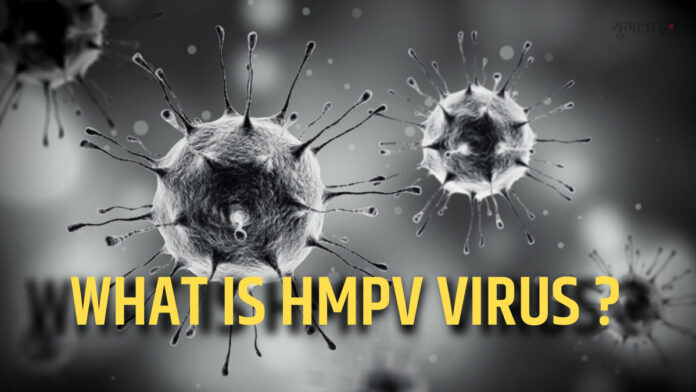HMPV Virus in India: The recent detection of Human Metapneumovirus (HMPV) in India has sparked renewed attention to respiratory infections, particularly amid rising cases in China. This comprehensive guide explains everything you need to know about HMPV, its implications, and how to protect yourself and others.
MeitY Invites Public Feedback on Draft Digital Personal Data Protection Rules 2025
First Detection and Background
India recorded its first HMPV case in Bengaluru, where an eight-month-old infant tested positive. Notably, the child had no travel history, suggesting possible local transmission. The Karnataka Health Department promptly reported the case to the Union Health Ministry for further investigation.
While HMPV might seem new to many, it was actually discovered in 2001. Since then, it has been recognized as a significant contributor to respiratory infections worldwide, though many cases may have gone unidentified due to similarities with other respiratory illnesses.
What is HMPV Virus ?
HMPV is a respiratory virus that primarily affects the upper and lower respiratory tract. While most cases are mild, the virus can cause significant complications in vulnerable populations. It belongs to the same family as RSV (Respiratory Syncytial Virus) and displays similar patterns of infection.
Key Symptoms Include:
- Persistent cough
- Fever
- Nasal congestion
- Shortness of breath
- General cold-like symptoms
- Possible wheezing in severe cases
Risk Factors and Vulnerable Groups
Certain populations face higher risks from HMPV infection:
High-Risk Categories:
- Children under 5 years old
- Adults over 60 years
- People with compromised immune systems
- Those with underlying respiratory conditions
Risk factors increase with:
- Age (very young or elderly)
- Weakened immune system
- Chronic medical conditions
- Environmental exposure
How It Spreads – Person-to-person transmission ?
HMPV spreads primarily through:
- Close person-to-person contact
- Respiratory droplets
- Contaminated surface contact
The virus can survive on surfaces for several hours, making proper hygiene crucial for prevention.
Official Response and Healthcare Measures
Government Actions:
• Implementation of surveillance systems
• Regular monitoring of cases
• Coordination with WHO
• Preparation of healthcare facilities
Healthcare preparedness includes:
- Enhanced testing capabilities
- Treatment protocol development
- Hospital capacity management
- Healthcare worker training
Prevention and Management
General Prevention Guidelines:
- Personal Hygiene:
- Regular hand washing
- Proper mask usage
- Avoiding touching face
- Social Measures:
- Maintaining physical distance
- Avoiding crowded spaces
- Proper ventilation
Treatment Approaches:
• Symptom management
• Rest and hydration
• Medical supervision when needed
• Possible antiviral medications in severe cases
Current Situation Assessment
Global:
- Rising cases in China
- International monitoring
- Comparison with seasonal patterns
Indian Scenario:
- Limited cases currently
- Active surveillance
- Preparedness measures in place
Forget Vitamin C Pills: Eat These 10 Foods to Bulletproof Your Winter Immunity




